20 Years After the 2004 Tsunami: Aviation’s Role in One of the Deadliest Natural Disasters
Today marked the twentieth anniversary of one of the greatest natural disasters in history. On the morning of December 26, 2004, a devastating magnitude 9.3 earthquake struck off the coast of Sumatra, Indonesia, followed by a tsunami that impacted dozens of countries in the Indian Ocean, resulting in a tragic toll of 250,000 lives lost.
Beyond the human impact, the catastrophe also deeply affected the aviation sector, especially in the hardest-hit countries such as Indonesia, Thailand, and Maldives, where airports played a crucial role in rescue and evacuation operations.
Banda Aceh was the most affected city due to its proximity to the epicenter. The airport was partially rendered unusable by the earthquake and flooding. Although it was quickly rehabilitated, operations faced challenges, including incidents such as a cargo Boeing 737 colliding with a water buffalo that had wandered onto the runway.
The airport on Simeulue Island was severely damaged. After the tsunami, only an improvised helipad was made available for humanitarian aid operations. It was rebuilt in 2007, following its destruction once again during the Nias-Simeulue earthquake in 2005.
Phuket and Krabi Airports, though unaffected by the earthquake and tsunami, were essential as rescue and evacuation hubs for thousands of tourists in one of the regions most impacted by the tsunami.
One of the most striking images of the tragedy was the Male International Airport in Maldives, completely flooded, with its runway and apron submerged. Despite this, structural damage was minimal. Aircraft such as a Boeing 767 from Malev Hungarian Airlines, an A330 from Edelweiss Air, and planes from SriLankan Airlines, Emirates, and Alitalia were stranded at the airport during the catastrophe.
Coastal destinations in Thailand, Indonesia, India, Sri Lanka, Maldives, and Seychelles experienced a drop in the air travel market over the following two years. Phuket and Maldives managed to recover quickly through reconstruction investments and marketing campaigns to attract tourists.
ICAO highlights tsunami risks at airports
The International Civil Aviation Organization (ICAO) conducted studies on airport vulnerability to tsunamis, identifying 1,741 airfields within three nautical miles of the coast as potentially exposed. Of these, 32 airports were categorized as highly vulnerable, while 14 airports face significant risks due to their proximity to active tsunami zones.
Among the most exposed airports, data from similar disasters between 1996 and 2016 show that Japan ranks among the countries most affected, due to its geographic location within the Pacific Ring of Fire.
Although the risk is lower compared to Asia, four Mexican airports (Bahía Huatulco, Ciudad del Carmen, Minatitlán, and Villahermosa) have experienced tsunami-related damage.

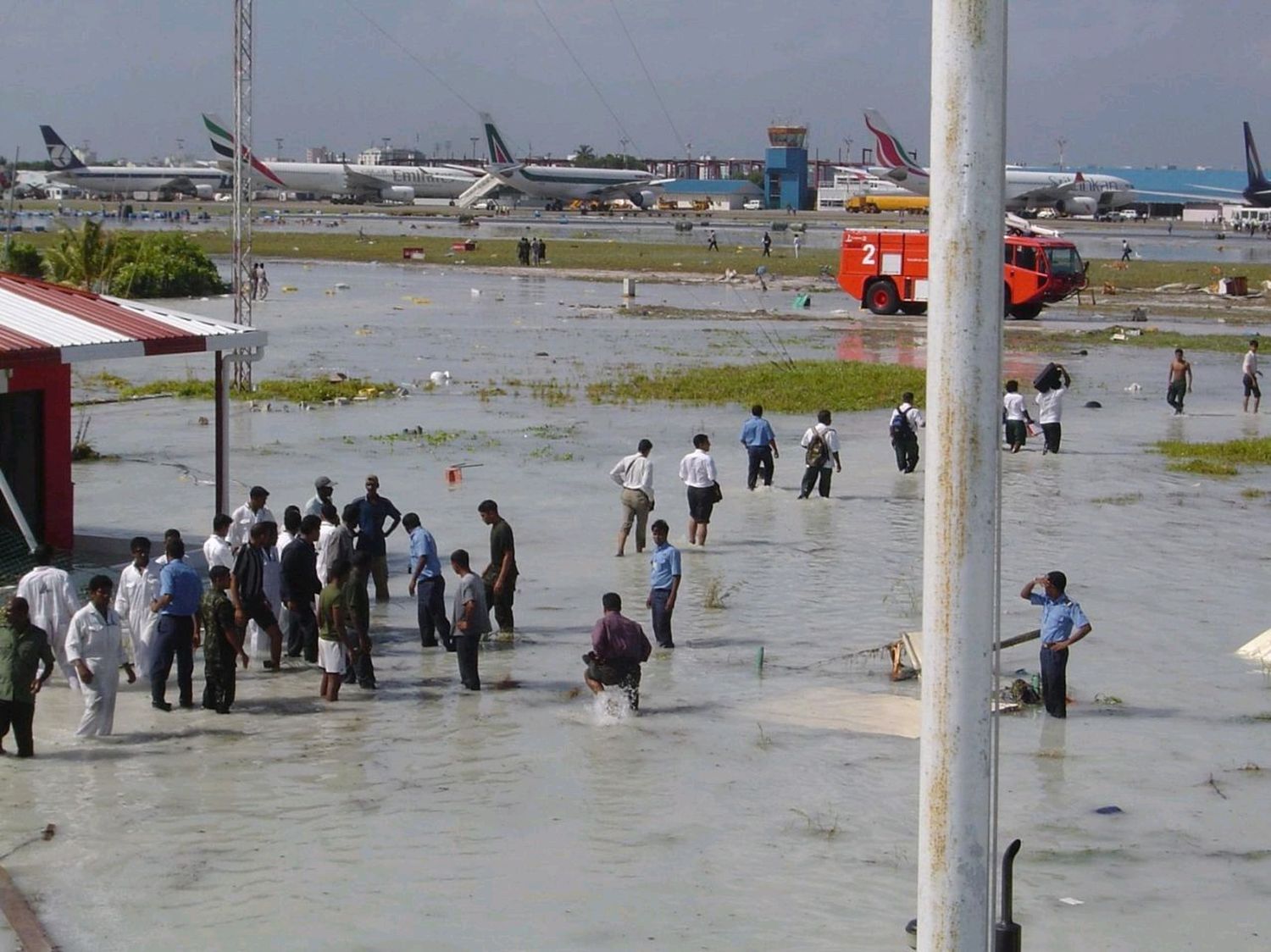
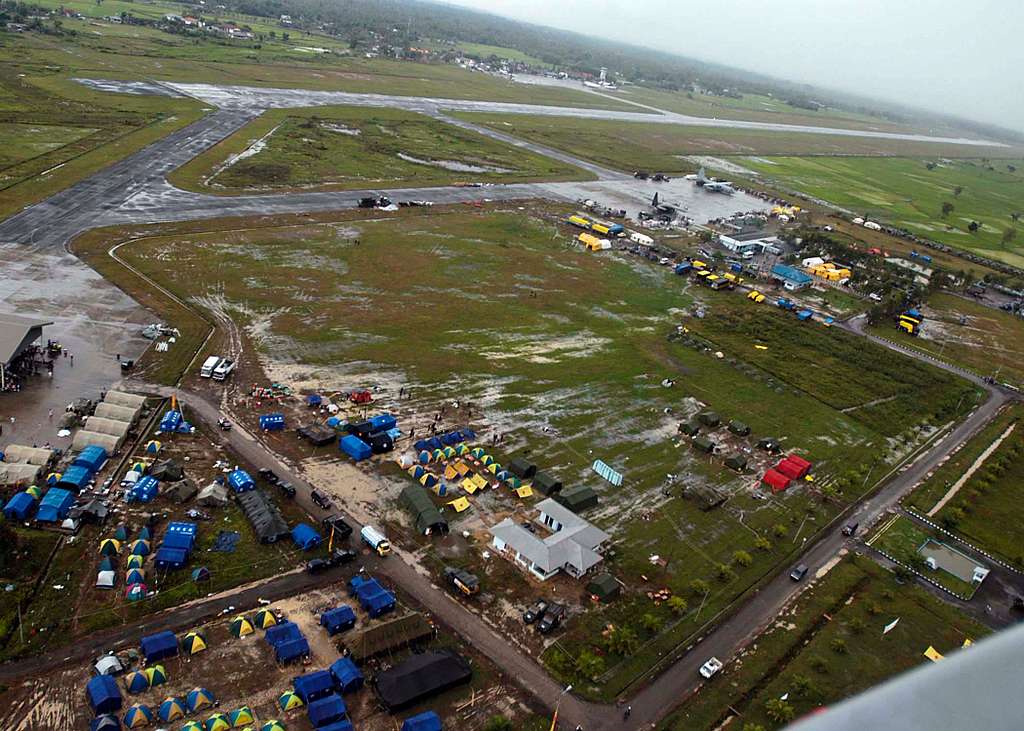
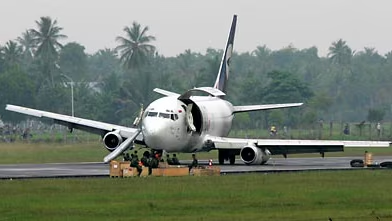
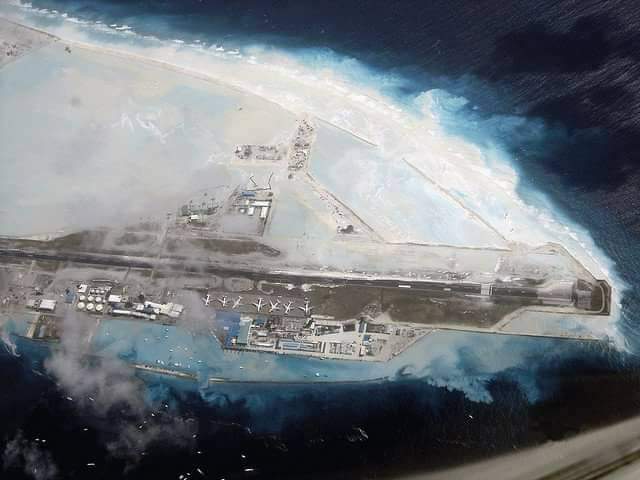
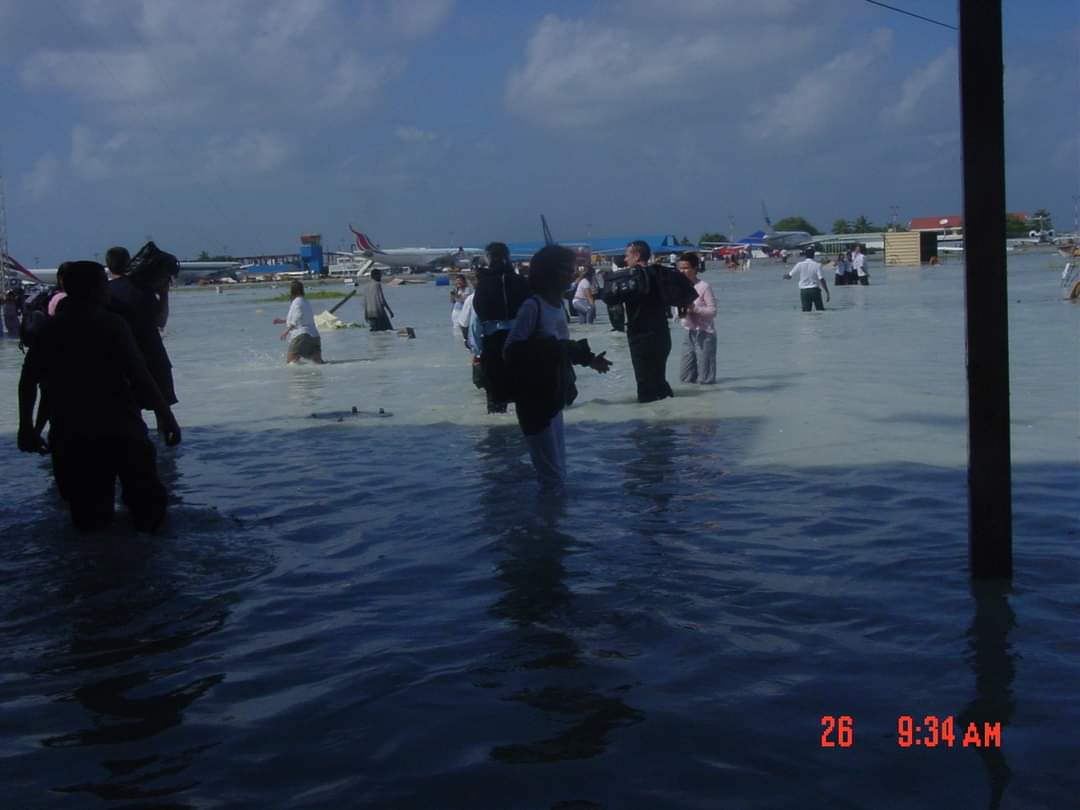
Comentarios
Para comentar, debés estar registrado
Por favor, iniciá sesión